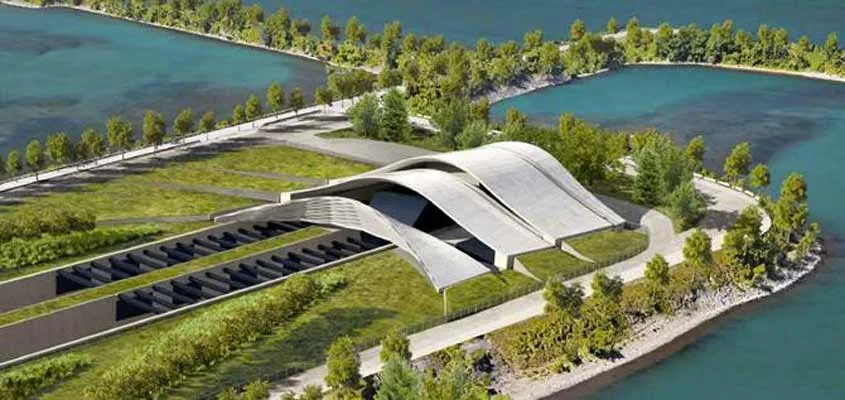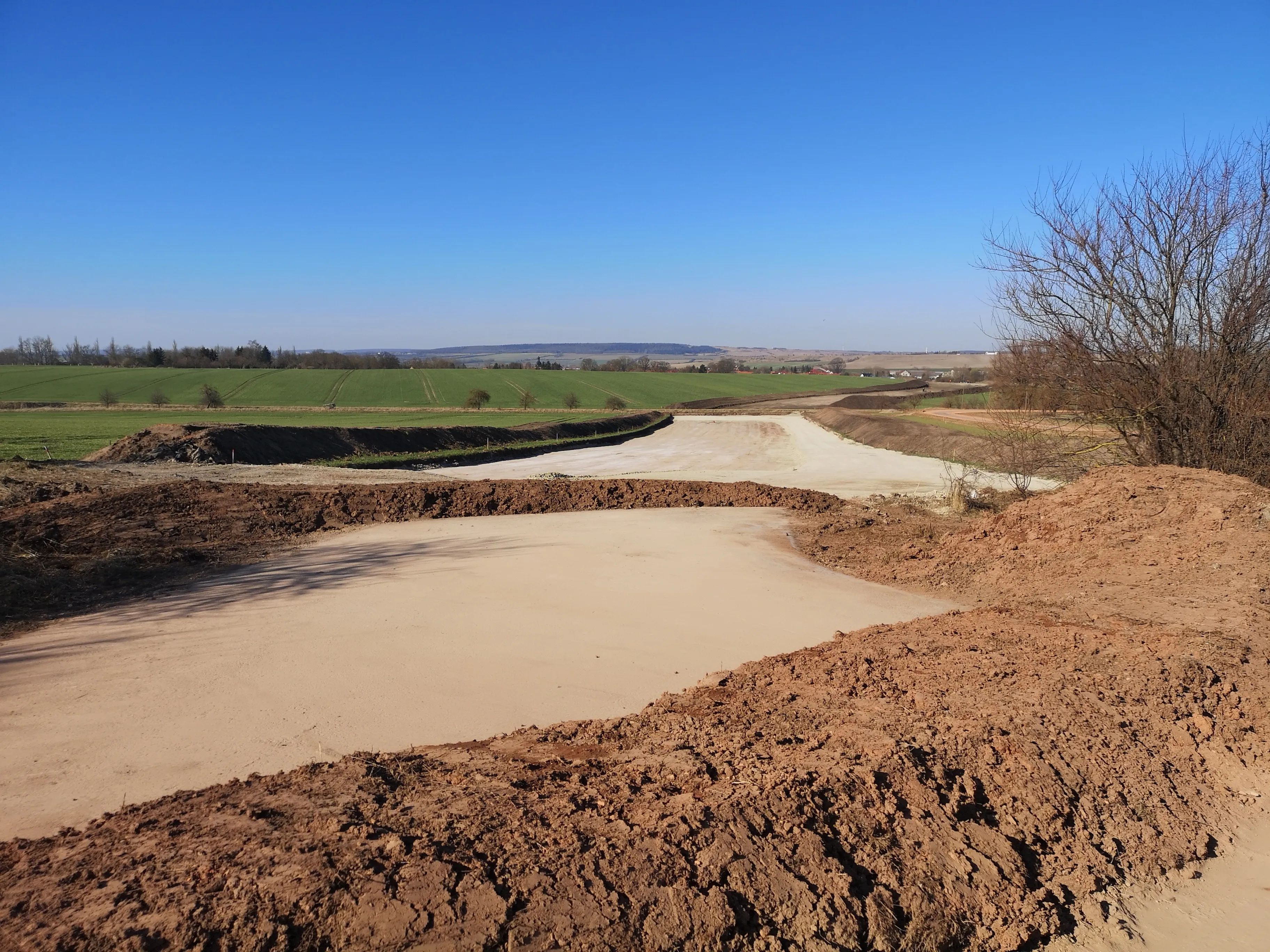
The Canadian province of Quebec has awarded a Vinci consortium a renovation contract for the 1.4km tunnel section of Montreal’s Louis-Hippolyte Lafontaine Bridge–Tunnel complex.
Under the a US$883.34 million design, build, finance contract, Renoveau La Fontaine - comprising of Eurovia Infra, Dodin Campenon Bernard and Pomerleau – will start design work with construction to start in 2022.
The town of Boucherville will allocate around 830,000 while Montreal city is investing $2.25 million and the federal government is putting in around $321 million.
In December 2018, Quebec’s Transport Ministry shortlisted Renoveau La Fontaine along with the consortium Relais St-Laurent which comprised SNC-Lavalin Grands Projets, EBC and SNC-Lavalin Capital.
The tunnel is part of the greater Louis-Hippolyte Lafontaine Bridge–Tunnel complex that runs over and under the Saint Lawrence River to connect the Montreal borough of Mercier–Hochelaga-Maisonneuve with the south shore of the river at Longueuil. Named after Lower Canada political reformer Louis-Hippolyte Lafontaine, the seven section 1.4km immersed tube structure carries the Autoroute 25 expressway and passes beneath the main shipping channel. The bridge-tunnel has about 120,000 daily crossings, of which 13% are trucks.
The renovated tunnel is expected to have about 40 years of life. Also, concrete slabs of Highway 25 on the Montreal side of the tunnel will be replaced. On the south side, a third lane of traffic will be added by turning the safety breakdown lanes on Highway 20 into active vehicle lanes - much of them converted into reserved bus lanes. The consortium will be responsible for maintaining traffic control measures.
According to Vinci, the consortium’s financing package includes a bank loan from a syndicate of five Canadian banks and a Japanese bank.
Tunnel work will include installation of fire protection facings, landscaping and architectural finishes, modernising all electrical, electromechanical and supervisory infrastructure, as well as deploying new technologies to increase operator and user safety - fire safety equipment and smoke evacuation systems.
Associated road works include access roads, widening the A20 motorway with the addition of a new bus and car-sharing lane, as well rehabilitating 25km of pavement on the A25, A20and an interchange.
The tunnel was opened in 1967 – the year that marked 100 years of Canada as a country. It took four years to construct but the past half century of salt-water seepage into the concrete has eroded the structure’s base, according to media reports. Replacing the tunnel with another tunnel or a bridge was studied, but the idea was dropped because of the estimated price tag of around US$2.6 billion.
Each tunnel section is 110m long, 37m wide and 8m high. The tunnel was built with sections prefabricated in dry dock and then sunk 24m below the surface of the water. The adjoining bridge section is 400m long and at 1.8km in total the structure is the longest bridge-tunnel in Canada.







